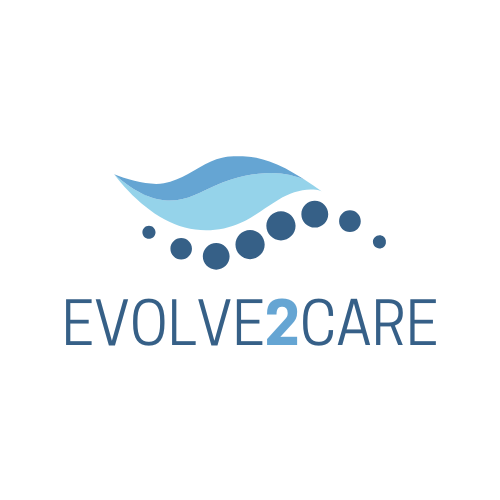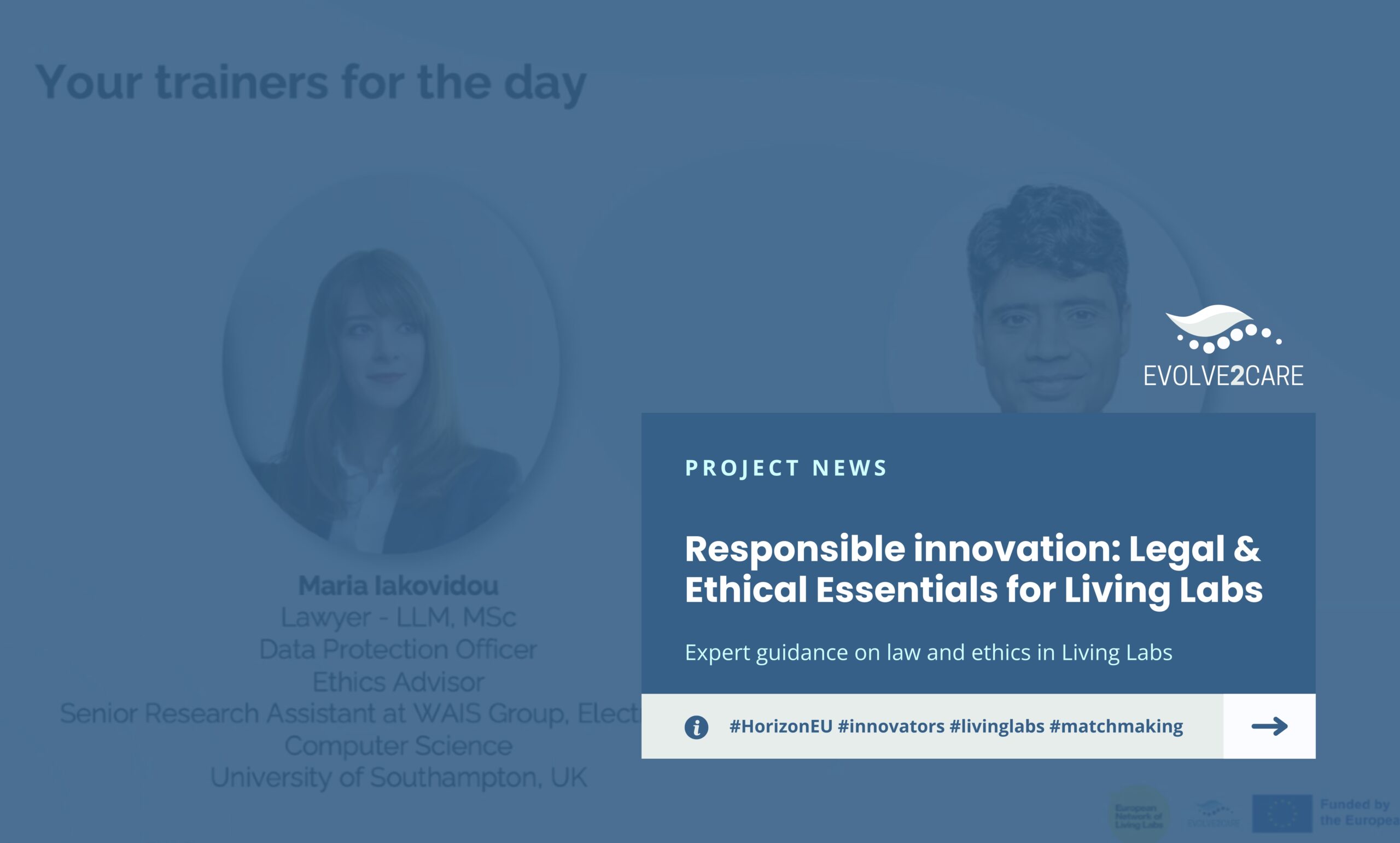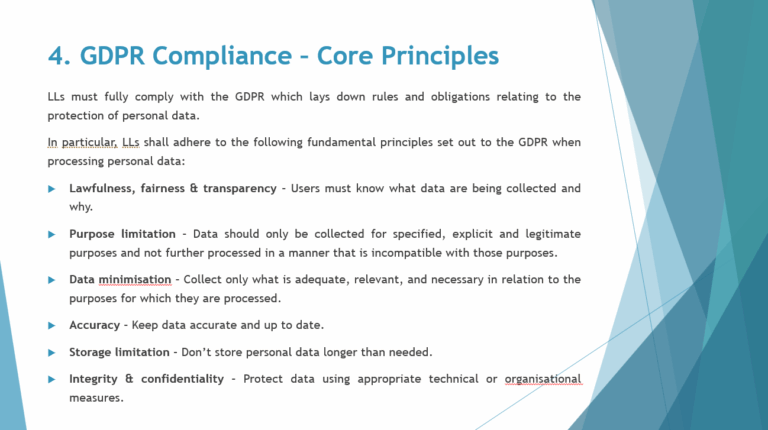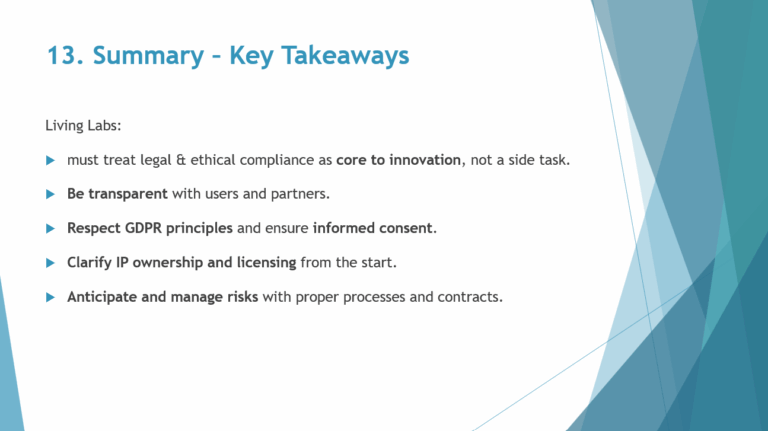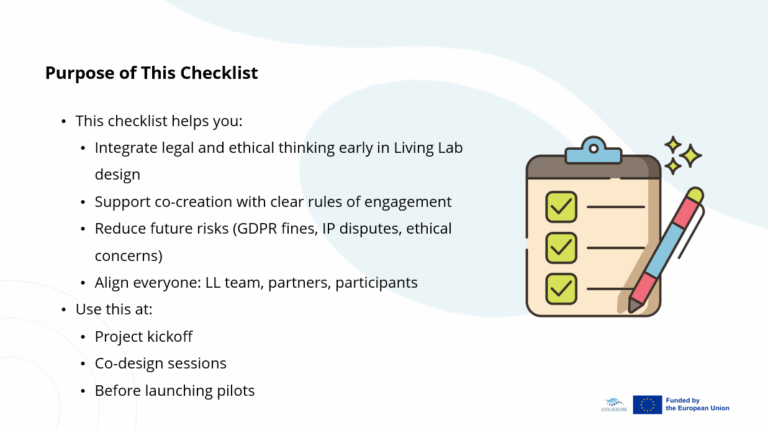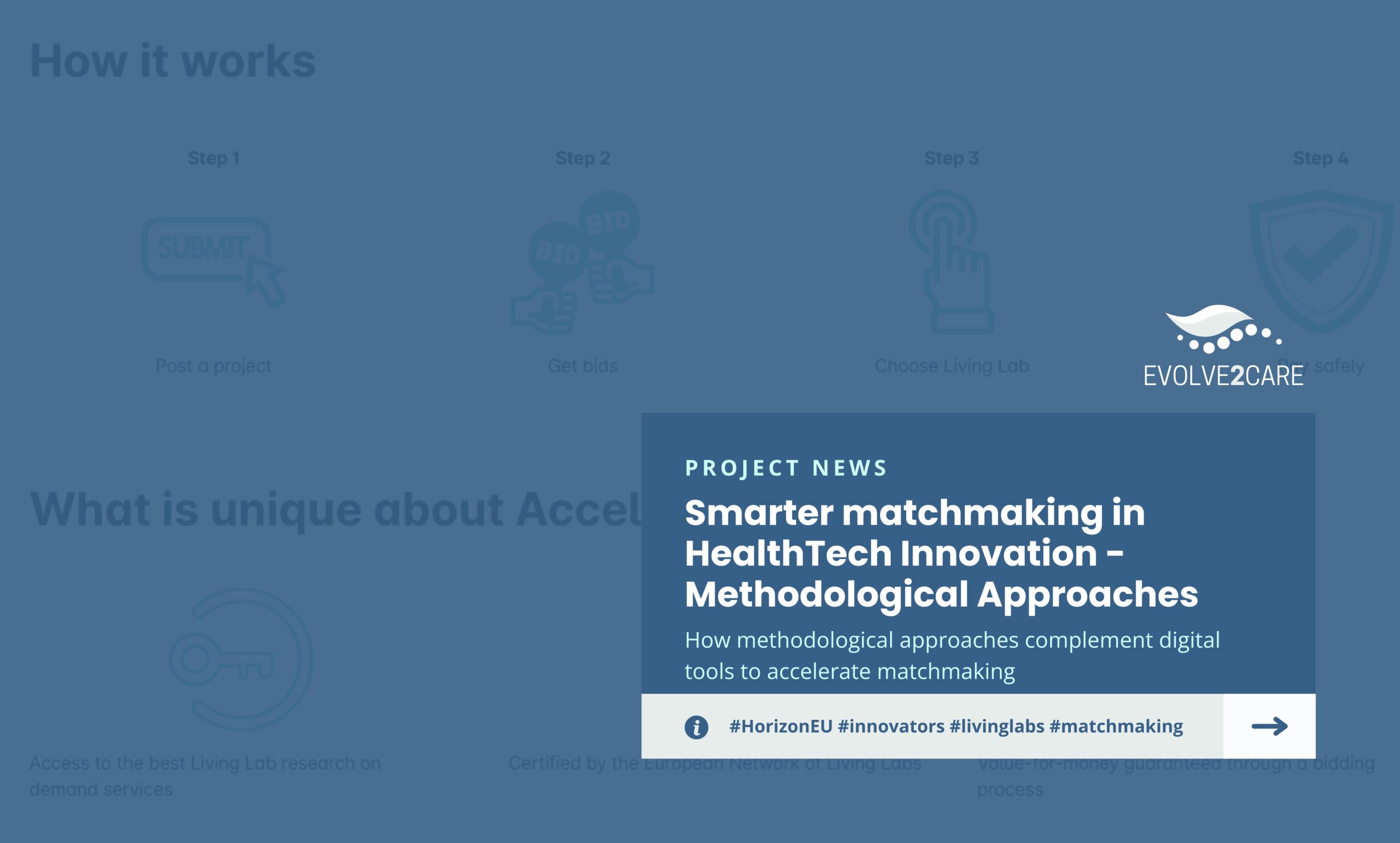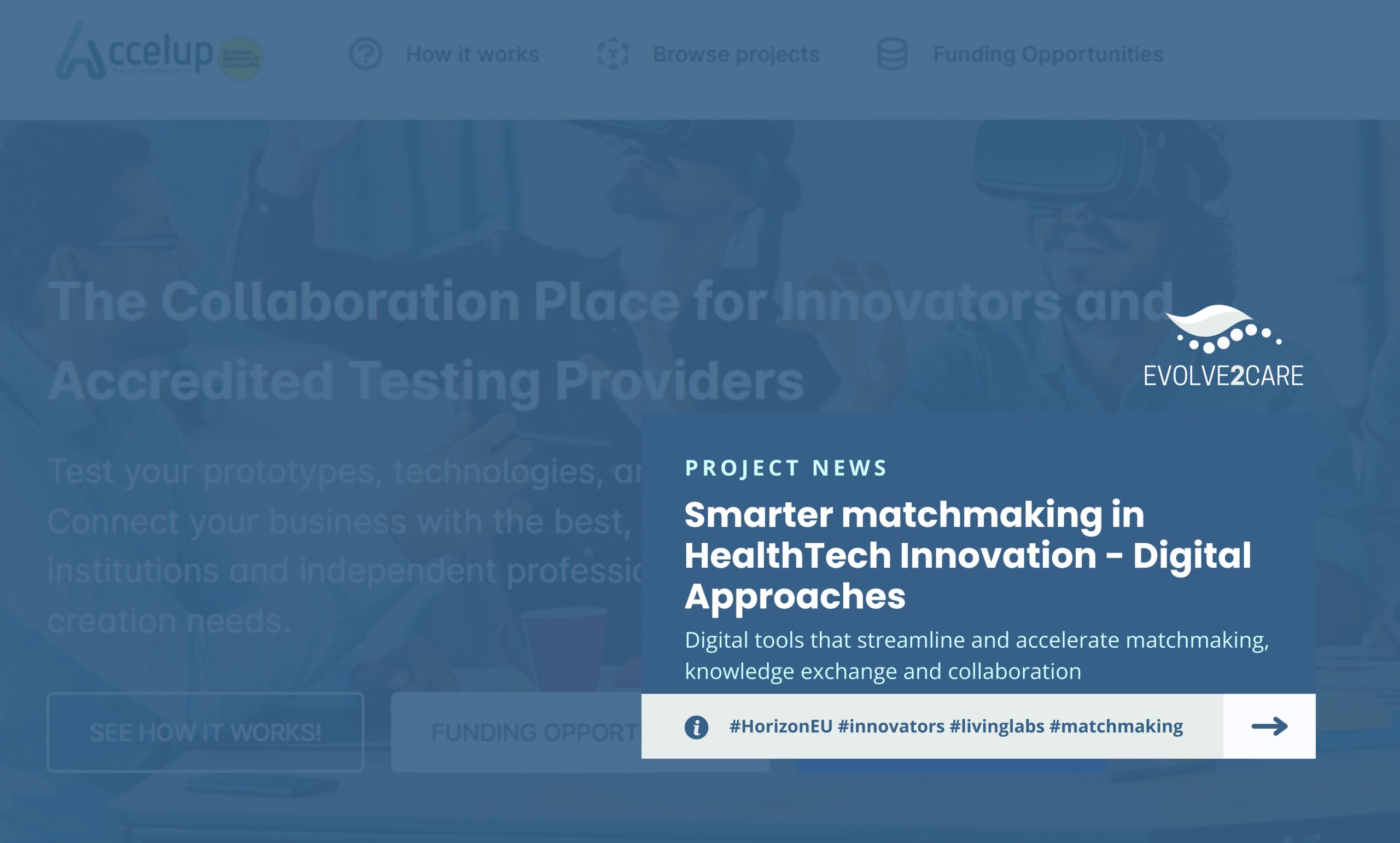The third session of the EVOLVE2CARE Living Labs Training Series took place on August 27, 2025, and focused on a critical yet often overlooked dimension of innovation: legal, ethical, and regulatory frameworks. As Living Labs operate in real-world environments with real users, understanding these frameworks is essential to ensure responsible, inclusive, and sustainable innovation.
The session featured two distinguished experts—Maria Iakovidou, Attorney at Law at the Supreme Court of Greece, LLM in Civil Procedure Law, MSc in Law & Informatics, Data Protection Officer (DPO), who opened the discussion with a legal deep dive into GDPR, consent, and intellectual property; and Dr. Abdolrasoul (Rasoul) Habibipour, Director of Botnia Living Lab and Associate Professor in Information Systems at Luleå University of Technology, who followed with practical insights on embedding ethics into Living Lab design through real-world case studies.
Legal Essentials for Living Labs
Maria Iakovidou opened the session with a comprehensive legal roadmap for Living Labs, covering:
Data Protection & GDPR
Living Labs often collect personal data through sensors, wearables, interviews, and digital platforms. Maria Iakovidou emphasized that GDPR applies whenever data relates to an identifiable person, and outlined the six core principles of lawful processing: lawfulness, purpose limitation, data minimization, accuracy, storage limitation, and confidentiality.
Informed Consent in Real-Life Settings
Consent, Maria Iakovidou explained, must be freely given in advance, specific, informed, and unambiguous—and must be obtained before any data is collected. In Living Labs, where testing often occurs in public or semi-public spaces, this becomes especially complex. She highlighted red flags such as bundled consent, lack of withdrawal options, and overly technical language.
She also addressed the documentation of consent, stressing the need for signed forms or digital tools, and the importance of making it easy for participants to say both “yes” and “no.”
Intellectual Property (IP)
Living Labs frequently co-create innovations with startups, researchers, and citizens. Maria Iakovidou urged participants to clarify IP ownership and licensing terms early, distinguishing between background and foreground IP. She recommended involving legal advisors in drafting collaboration agreements and defining usage rights to avoid disputes later.
Liability & Risk in experimentation and pilot phases
From allergic reactions to data breaches, Living Labs face real risks. Maria advised teams to assess risks before deployment, include insurance and liability clauses, and clearly define responsibilities in case of harm or failure.
Living Lab & Ethics
Dr. Abdolrasoul Habibipour presented a structured approach to integrating ethical and legal considerations into Living Lab design. He explored key principles such as stakeholder engagement, transparency, and real-life experimentation. He illustrated their application through case studies from EU projects like SynAir-G and U4IoT, highlighting practical strategies for managing consent, data protection, IP rights, and liability.
Real-World Case Studies
SynAir-G
This EU project co-developed air quality monitoring tools with children in schools. The ethical challenges were significant: children are a vulnerable group under GDPR, and the app collected sensitive data like health status and GPS location. Dr. Abdolrasoul Habibipour shared how the team addressed these issues through dual consent (parents + children), age-appropriate explanations, and national ethics approvals.
U4IoT
This case supported large-scale IoT pilots in domains like smart cities and healthcare. It uncovered common pitfalls: biometric data collected without explanation, lack of signage in public testing, and unclear data ownership. The team responded by developing GDPR toolkits, user dashboards to increase transparency, and promoting Data Protection Impact Assessments.
Practical Tools & Red Flags
Abdolrasoul Habibipour introduced a Living Lab Ethics Checklist covering seven key areas: data protection (GDPR), informed consent, IP, risk and liability, inclusion and vulnerability, transparency and communication, and ethics integration in design. He encouraged teams to use this checklist at every stage—from kickoff to pilot launch—and to normalize ethical reflection in team meetings.
What’s next?
The Living Labs Training Series continues with the fourth session: “Building Innovation Networks: Communication and Engagement”, taking place on September 3, 2025, at 15:00 CEST. This session will focus on the importance of building strong innovation networks and effective stakeholder engagement within Living Labs. Participants will learn how to engage stakeholders in service design, with a particular focus on the Accelup platform.
Stay tuned—and remember, attending at least 4 out of 6 sessions earns you a Certificate of Attendance from the EVOLVE2CARE project!
